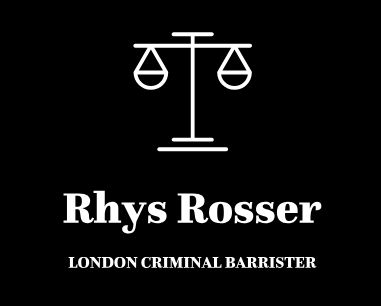Obtaining a Writ of Habeas Corpus
A step by step guide regarding how to obtain a Writ of Habeas Corpus where an individual has been unlawfully detained.

Habeas corpus originally stems from the Assize of Clarendon of 1166, a re-issuance of rights during the reign of Henry II of England in the 12th century. The foundations for Habeas Corpus are "wrongly thought" to have originated in Magna Carta, but in fact predates it.
The concept retains a practical use in today’s legal system, in particular due to the rise in errors in calculating release dates which leads to unlawful detention. The process is complex and must be carefully followed.
The approach differs as to whether the application is being made during Court hours. The starting point is to contact the Clerk of the Rules, this can be done by contacting the Court directly. Outside of Court hours, PD12E provides contact details to liaise with the duty clerk - 020 7947 6260. Once this step has been taken, the out of hours form must be completed:
The substance of the application must be set out in a Part 8 Claim Form. CPR 87 governs applications for a Writ of Habeas Corpus. The Claim Form should summarise the basis of the claim, the background and confirm that human rights are engaged.
An application for a Writ of Habeas Corpus must be supported by a signed witness statement, although the CPR suggests this should be completed by the Claimant that is unlikely to be possible given they will theoretically be detained. The witness statement should do the following:
- state that the application is made at the instance of the person being detained;
- set out the nature of the detention;
- must state the reason why the detained person is unable to make the witness statement or affidavit.
The Application should be filed through immediates email address (immediates@administrativecourtoffice.justice.gov.uk) and accompanied by the appropriate fee (£108). In the event the application is made out of hours, it should be sent directly to the Duty Clerk (DutyClerkKB@justice.gov.uk).
The witness statement ought to be supported by the following:
- A chronology detailing the background to the Application;
- Any exhibits which support of the contents of the witness statement.
Once the application has been made, ordinarily it will be considered by the Single Judge and then a short telephone hearing held. The Judge may make the following orders:
- make an order for the issue of the writ;
- adjourn the application to a hearing;
- direct that the application be considered by a Divisional Court of the King’s Bench Division;
- direct that the application continues as an application for permission to apply for judicial review;
- give such other directions for resolution of the application as may be appropriate; or
- dismiss the application.
In the event the application is granted, it must then be served on the Respondent (the Place of Detention) and Interested Party (The Remanding Court / Body).
Fill in the Below to Contact Rhys and to obtain legal advice










